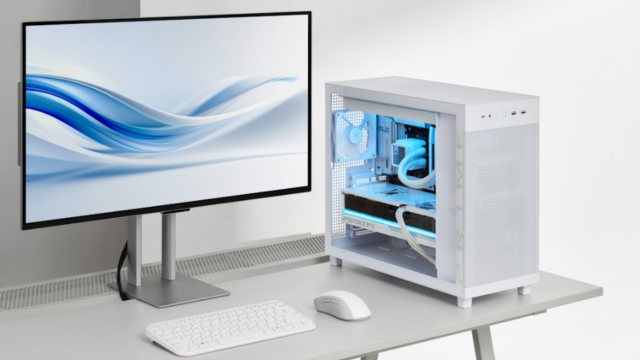Solar panels have become an increasingly popular sight on rooftops around the world. But how exactly do these panels capture the sun’s energy and convert it into usable electricity? This article dives into the fascinating world of solar power generation, focusing on the solar panels working principle.
At the heart of every solar panel lies the photovoltaic (PV) cell. These tiny powerhouses utilize the solar panels working principle known as the photovoltaic effect. Here’s how it works:
Harnessing the Sun’s Power: Understanding the Solar Panel Working Principle
- Sun Shower: Sunlight, consisting of tiny packets of energy called photons, bombards the solar panel.
- Excitation Station: When a photon strikes the silicon atoms within a PV cell, it disrupts the atom’s structure. This extra energy excites an electron, causing it to jump to a higher energy level.
- Free Flow: In its excited state, the electron is no longer firmly bound to the atom. This creates an “electron hole” where the electron used to be.
- One-Way Street: Solar cell designers cleverly create a special internal electric field within the PV cell. This electric field acts like a one-way street, pushing the freed electrons in a specific direction.
- Current Course: As electrons flow through the cell due to the electric field, they create an electric current. This current is what we can harness to power our homes and businesses.
Multiple PV cells are wired together electrically to form a solar panel. These panels are then connected in series or parallel to create a solar array, capable of generating significant amounts of electricity.
The efficiency of the solar panels working principle depends on various factors, including the material used in the PV cells and the amount of sunlight reaching the panel. Modern solar panels are constantly evolving, with research focused on improving efficiency and reducing production costs.

Beyond the Basics of the Solar Panels Working Principle
Understanding the fundamental concept is just the first step. Here’s a deeper look into some additional aspects of solar panel technology:
- Types of Solar Cells: The most common type of solar cell uses silicon, but research into thin-film solar cells made from materials like copper, indium, gallium, and selenide (CIGS) is ongoing.
- Direct vs. Indirect Current: Solar panels typically produce direct current (DC) electricity. To be compatible with the power grid, which uses alternating current (AC), an inverter is needed to convert the DC output to AC.
- Impact of Weather: While sunlight is the primary factor, solar panel efficiency can be slightly affected by temperature. Cooler temperatures generally lead to better performance.
Harnessing the Power of the Sun
By understanding the solar panels working principle, we gain a newfound appreciation for this clean and sustainable energy source. Solar panels offer a promising path towards a greener future, reducing our reliance on fossil fuels and mitigating climate change. As solar technology continues to develop, we can expect even more efficient and affordable solar panels to become the norm, making solar power a viable option for homes and businesses worldwide.













